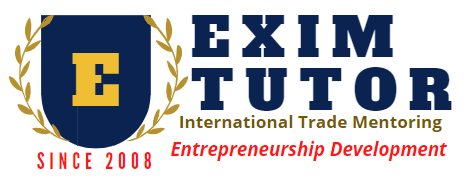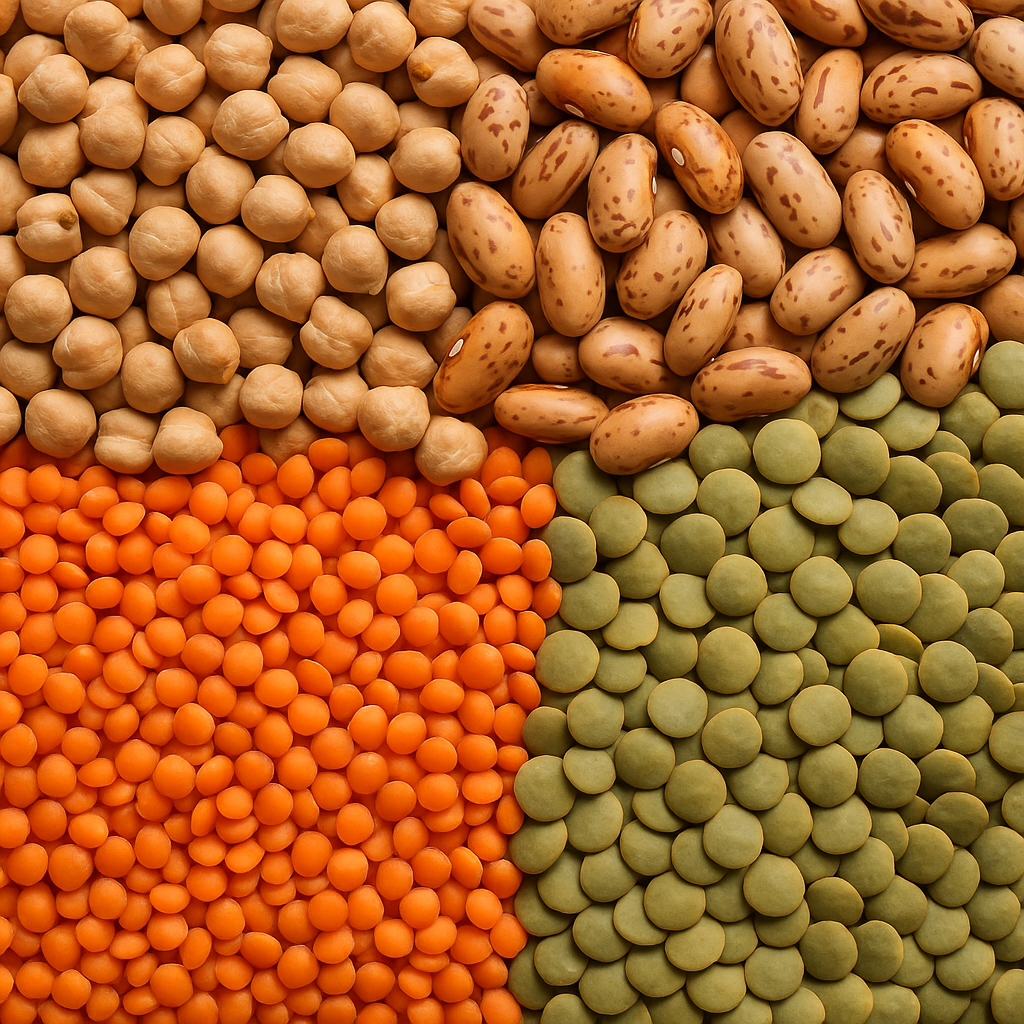New Updates in EXIM Codes 2025 and What to Expect in HS 2028
EXIM Codes 2025 and What to Expect in HS 2028 The world of international trade runs on a common language: the Harmonized System (HS) of classification codes. Every five to six years, the World Customs Organization (WCO) revises this system to reflect new products, changing technologies, and shifting trade priorities. For exporters and importers, staying updated is not optional—it’s essential for compliance, cost optimization, and seizing new opportunities. In 2025, several national-level HS code updates have taken effect alongside the Read Full Details…



